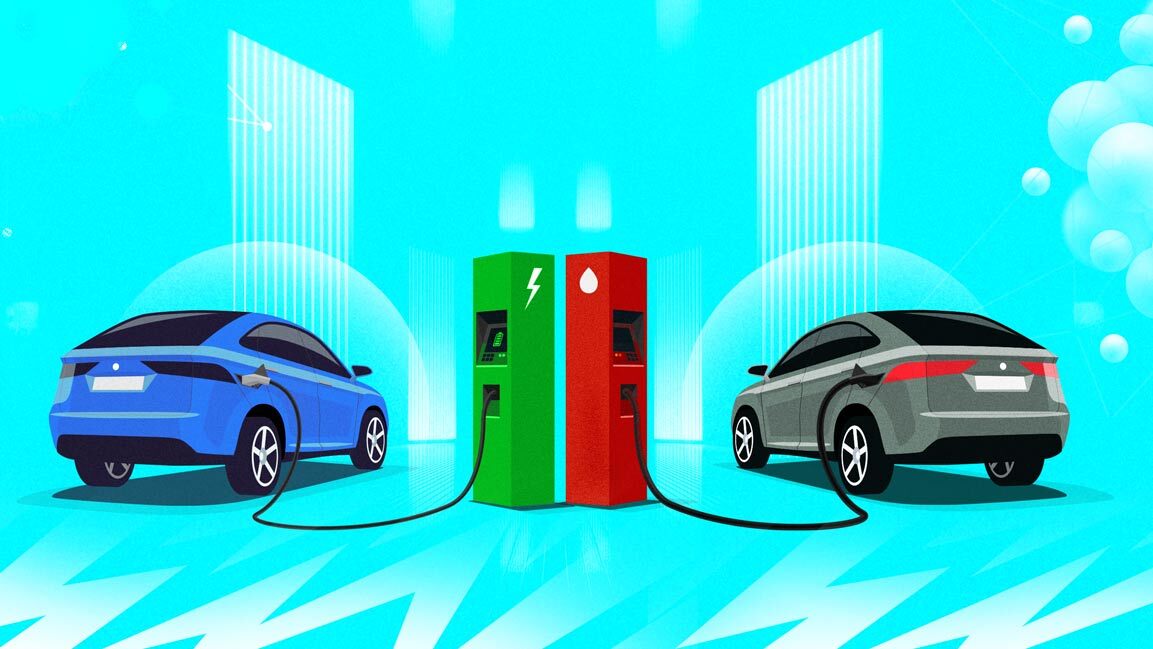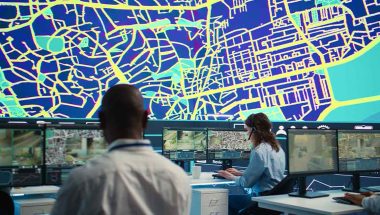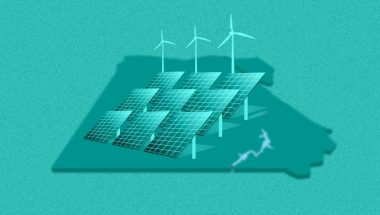- | 9:00 am
Gas is affordable, and charging infrastructure is still nascent. So why switch to an EV?
Confusion continues to cloud the EV market in the UAE, with concerns about charging, battery life, and car performance in hot weather.

Electric vehicles (EVs) are still rare in the UAE, accounting for just 3% of all vehicles in 2023.
One of the top motivators for EV purchases is the perception that such cars are trendy and modern, says Hamza Abdurrahman, strategy director at UAE-based digital marketing agency Donut Media.
“Surprisingly, few people seem to care about the gas or maintenance savings,” says Abdurrahman, who owns a Tesla.
“What tipped me over was the performance of the car. The savings also made sense to me; over a five-year period, the cost of the car was comparable to owning a top-trim Honda Accord.”
Paul Miles, another Dubai-based Tesla owner, says that while his decision to buy an EV three years ago was driven by performance, and while it had higher upfront costs, he found the running costs to be very low compared to a gasoline car.
“An EV will generally always be more expensive to purchase than a budget gasoline car due to the battery and motors, but potential users should consider the whole life cost— purchase, running, and service—when making a decision.”
HEAT CONCERNS, RANGE ANXIETY
Nevertheless, owning an EV comes with uncertainties. Common concerns include the possibility of high temperatures affecting battery longevity and air conditioning (AC) usage, reducing the driving range.
However, an EV’s performance is determined by the quality of its battery management system (BMS).
“The optimum operating temperature of EV batteries is over 30 degrees Celsius. The BMS in the car will then heat or cool the battery to ensure it stays within the desired temperature window,” says Dr. Manfred Bräunl, CEO of Porsche Middle East.
For example, the Porsche Taycan, an all-electric sports sedan introduced in 2019, includes a BMS that can sustain high-performance driving for long periods. The car also pre-conditions the battery to the optimum temperature in preparation for faster charging.
Tesla vehicles, too, are equipped with conditioning units to maintain the batteries’ temperature. “They are tested in Arizona, Nevada, and other hot climates in the US, so heat-related degradation does not hold much merit,” says Abdurrahman.
However, he adds that on hot days, the battery conditioning consumes a lot of charge.
Miles says that although the higher AC requirement in summer uses more battery power and slightly reduces the range, it is not an EV-exclusive issue.
“Drivers should note that summer also adversely impacts gasoline cars because the engines are less efficient on hot days, and they also need more AC, so this increases gasoline consumption or reduces range for a full tank. The reduction is more apparent as EVs have more accurate battery level indicators.”
Positive Zero, a UAE-based company that provides fleet electrification and EV charging infrastructure for businesses, conducted worst-case scenarios for maximum range given that manufacturer tests rarely plan for over 40 degrees Celsius with full loads.
“We run real-world tests in August and drive at the limits to see what range we might get under severe loads. No matter what we’ve tested, the results were clear – EVs are a sensible, cost-effective, and sustainable choice for people in the UAE,” says Ali Mohammed Ali Al Marzooqi, director of mobility at Positive Zero.
In all cases, range-related concerns only matter when doing long road trips, according to Abdurrahman. “The 350-km usable range in Dubai summers is more than enough for a day’s work commute and evening plans within the city. And if you have a home charger and can charge your car each night, you start every day with a full battery.”
ENABLING HOME CHARGING
About 2,000 public chargers are currently deployed throughout the UAE, some being offered for free. However, these chargers are constantly occupied by taxis and require long waits. “There are many complaints about taxis using all the chargers,” says Abdurrahman.
With most EV charging occurring at residential parking spaces, having a home charger is a must. Miles, for example, uses his home charger for over 95% of his charging and only uses the public network on longer journeys. “If an EV owner needs to rely on the public network for routine charging, then it’s not time efficient, and it impacts other drivers who need to use it for top-up during journeys,” he says.
Ensuring everything is in place to enable home charging for all is one of the key steps to increasing demand for EVs, according to Bräunl. “Standalone villas are straightforward as they almost always have off-street parking in a garage attached to the household, making installation of AC charging relatively simple.”
“Apartment towers must include electrical ‘plumbing’ throughout parking areas so all parking spaces can easily install a charger. They also need access to sufficient electricity from the grid to ensure the building’s power supply is not affected as many people plug in their car in the evening when they return home.”
Planning across industries, particularly electricity infrastructure and residential and commercial construction, needs to consider a future where most cars are electric.
“Ultra-fast DC charging on highways and at existing petrol stations is useful because it will instill confidence and reduce range anxiety, but home charging is vital as it’s the vast majority of charging. Home charging ensures you begin daily with a fully charged car, something you do not experience with a petrol vehicle,” says Bräunl.
Moreover, according to Al Marzooqi, the era of free charging is ending with the introduction of a unified pricing system in public areas. This means extra costs for consumers, but it will also ensure more accessibility of EV chargers across the country, reducing wait times at busy stations.
“This comes when there is significant investment into EV charging points. For example, UAEV, a joint venture between the UAE Ministry of Energy and Infrastructure and Etihad Water and Electricity, is rolling out an additional 100 charging stations by the end of the year,” says Al Marzooqi.
“These kinds of initiatives will help to ensure the availability and accessibility of suitable chargers. If you were designing the perfect EV charging network, a charger would be available wherever and whenever you stop your vehicle.”
Broadening the application of EVs across all mobility sectors is crucial as it can accelerate the transition to sustainable transportation, according to Martin Soltes, CEO of EVUM Motors, a German electric utility vehicle manufacturer expanding to the UAE.
In contrast to passenger EVs, many commercial and special-purpose EVs, such as municipal or delivery fleets, operate within limited daily ranges. Soltes says these cars don’t necessarily require fast charging and can function efficiently with overnight slow charging.
“This segment of the EV market could play a key role in advancing electromobility without overwhelming the need for rapid infrastructure expansion,” he adds.








































